


Tea ceremony is one of the most popular traditions in Japan and is thriving in Japanese culture for centuries. This tradition is all about hospitality, calmness and mindfulness. Having many different types and variations tea ceremony tradition is one of the most beloved and followed even in the modern times. In this article we will learn about what is a tea ceremony in Japan, what are some components, rituals and philosophy behind this tradition. And finally, we will also learn about some common vocabulary related to tea ceremonies.
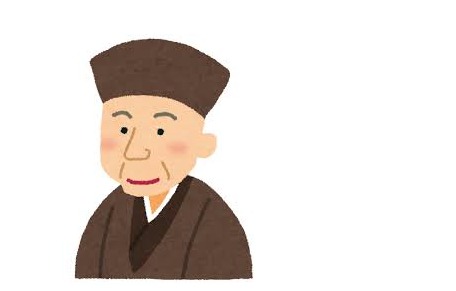
Japanese tea ceremony is also known as chanoyu or chado in Japanese. The origins of this ceremony can be traced back to the 8th century./ During that time many monks would visit China to learn Buddhism, there they would be served tea to meditate for longer time without falling asleep. This concept of serving and drinking tea made its way to Japan where it followed certain rituals and steps.
One of the key personalities in the development of the Japanese tea ceremonies is Sen no Rikyu. He is also known as the father of the Japanese tea ceremony. His efforts changed what then used to be a lavish and wealthy tradition to a tradition that embraced simplicity and impermanence of things, this concept was also known as wabi-cha as it was based on the idea of wabi-sabi i.e. beauty in the impermanence of life.
Sen no Rikyu’s teachings involved humility, simplicity and appreciating the impermanence of the moment, these teachings are still the main foundation on which tea ceremony stands.
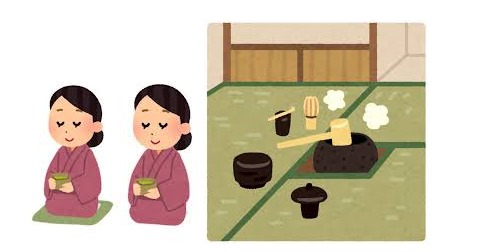
Tea ceremonies are performed in designated spaces or rooms known as “chashitsu” or tea rooms. These rooms are an essential part of the Japanese tea ceremonies as they are designed in a way to help the guests to clear their mind and appreciate the sounds, shadows, aromas and fragrance of incense. Tea rooms incorporate things like shoji windows, tatami mats and sliding doors.
Other elements of this tea ceremony include utensils for serving, room layout that is conducive to mindfulness and a series of specific steps. Each of these elements are carefully planned and executed for calm and coordinated ceremony.
The series of steps followed in the process of tea ceremony are known as “temae”. These steps of the procedure of the tea ceremony may vary in terms of length or formality. Some tea ceremonies can take up to 4 hours, but some may take less time. Thus, these steps may vary in different cases.
But usually, these steps include preparing the tea room, boiling of water, burning of incense, greeting guests, serving the meal and wagashi( traditional Japanese sweets designed to complement the bitterness of the tea), whisking and serving matcha tea. Each movement is performed with discipline and grace, reflecting the host's dedication to the art of chanoyu.
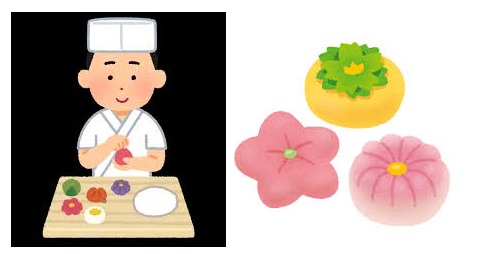
Many people wonder why there is so many rituals and steps in Japanese tea ceremony. Is there any significance or not? The answer to that question is that, yes indeed every step of Tea ceremony has an importance and play and important in executing the whole ceremony well.
To give some examples: Ritual like washing hands and mouth before entering the tea room helps purify the surroundings and reduce clutter in the room. Not speaking unless required help maintain tranquility and serene environment. Eating a full course meal(kaiseki) before drinking matcha is essential because drinking tea on an empty stomach is not healthy for the body. Eating sweet wagashi before drinking tea helps eliminate the bitterness of the matcha, it also enhances the flavor of the tea.
At the core, the Japanese tea ceremony is a tradition that embraces the concept of hospitality, wabi-sabi and mindfulness. Participants of this ceremony can come together and slow down for a moment and keep their problems and stress aside for a while. This way they may gain some insights, acquire fresh energy and lower their stress levels.
Tea –ceremonies have many thought provoking and beautiful philosophies at their roots. One of them is "Ichigo ichie" – one time one meeting, given by Sen no Rikyu. This idea encourages the participants to be completely present in the moment right now and appreciate and feel the beauty and impermanence of this moment.
Through the practice of the Tea ceremony participants can learn about the interconnectedness of all things and the importance of living in harmony with nature and each other.
To better understand the various nuances of the Japanese tea ceremonies we can learn some vocabulary and phrases. This help build your vocabulary and learn Japanese culture better.
1. Matcha (抹茶):
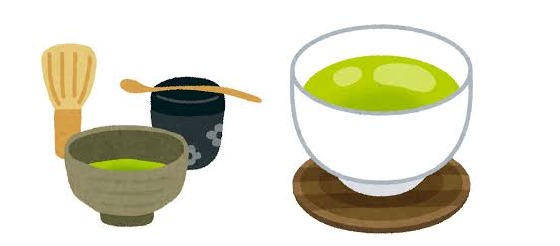
As the name suggests, it is a finely ground powder of green tea leaves. It has a vibrant green color and earthy taste. It is meticulously whisked into a frothy consistency and served during tea ceremonies.
2. Chawan (茶碗):
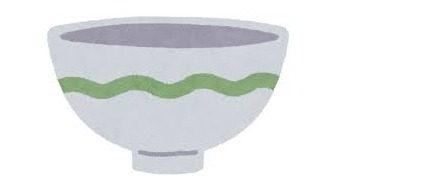
Chawan are bowls specifically designed for drinking tea during tea ceremonies. They come in various shapes and sizes and can be chosen intentionally to match vibes of a particular day or ceremony.
3. Chashaku (茶杓):
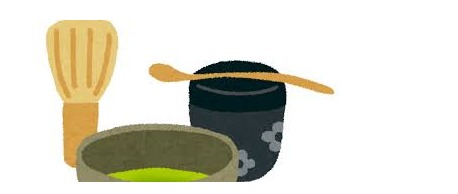
Chashaku is the name of a bamboo tea scoop that is commonly used to measure and transfer matcha powder from tea container to the tea bowl (chawan). Its design is helpful in measuring matcha powder with precision.
4. Chasen (茶筅):

It is a bamboo whisk used for whisking matcha powder in hot water. This whisking makes a frothy mixture which is to be consumed by the guests. This mixture is of two types, one is thick tea known as koicha and other is thin tea known as usucha.
5. Natsume (棗):
A small container with a lid that is used for storing matcha powder during tea ceremonies.
6. Hishaku (柄杓):
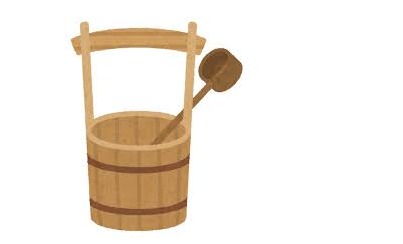
It is bamboo ladle used to transfer hot water from the cattle to the tea bowl during the tea ceremony.
7. Obon (お盆):

A small tray used for carrying utensils.
8. Otemae (お点前):
As discussed above these are the series of steps that are performed during the tea ceremony.
9. Iemoto (家元):
This is a term given to the head of tea ceremony school or lineage who is responsible for preserving and spreading the art and culture of Japanese Tea ceremony.
10. Arigatou gozaimasu (ありがとうございます):
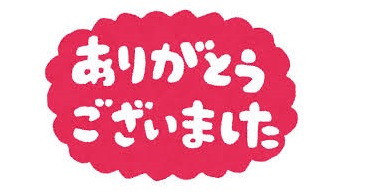
And finally, all participants can express their gratitude to the host for their hospitality with this phrase and end the tea ceremony.